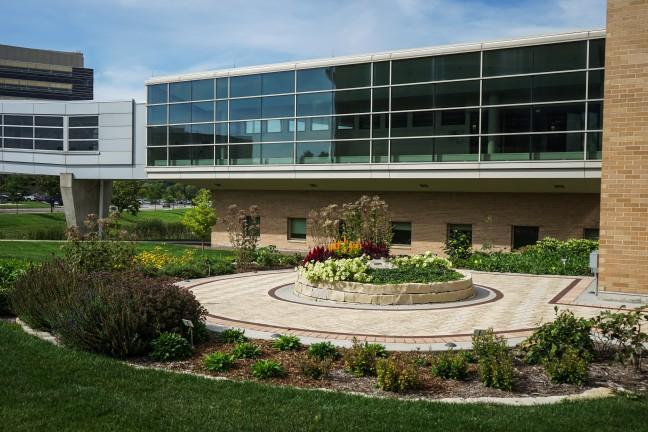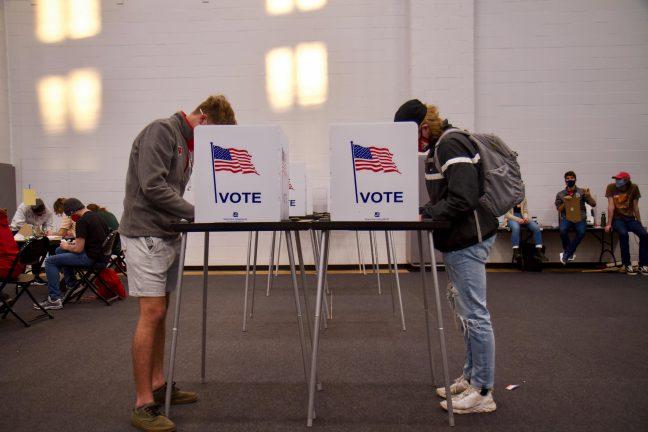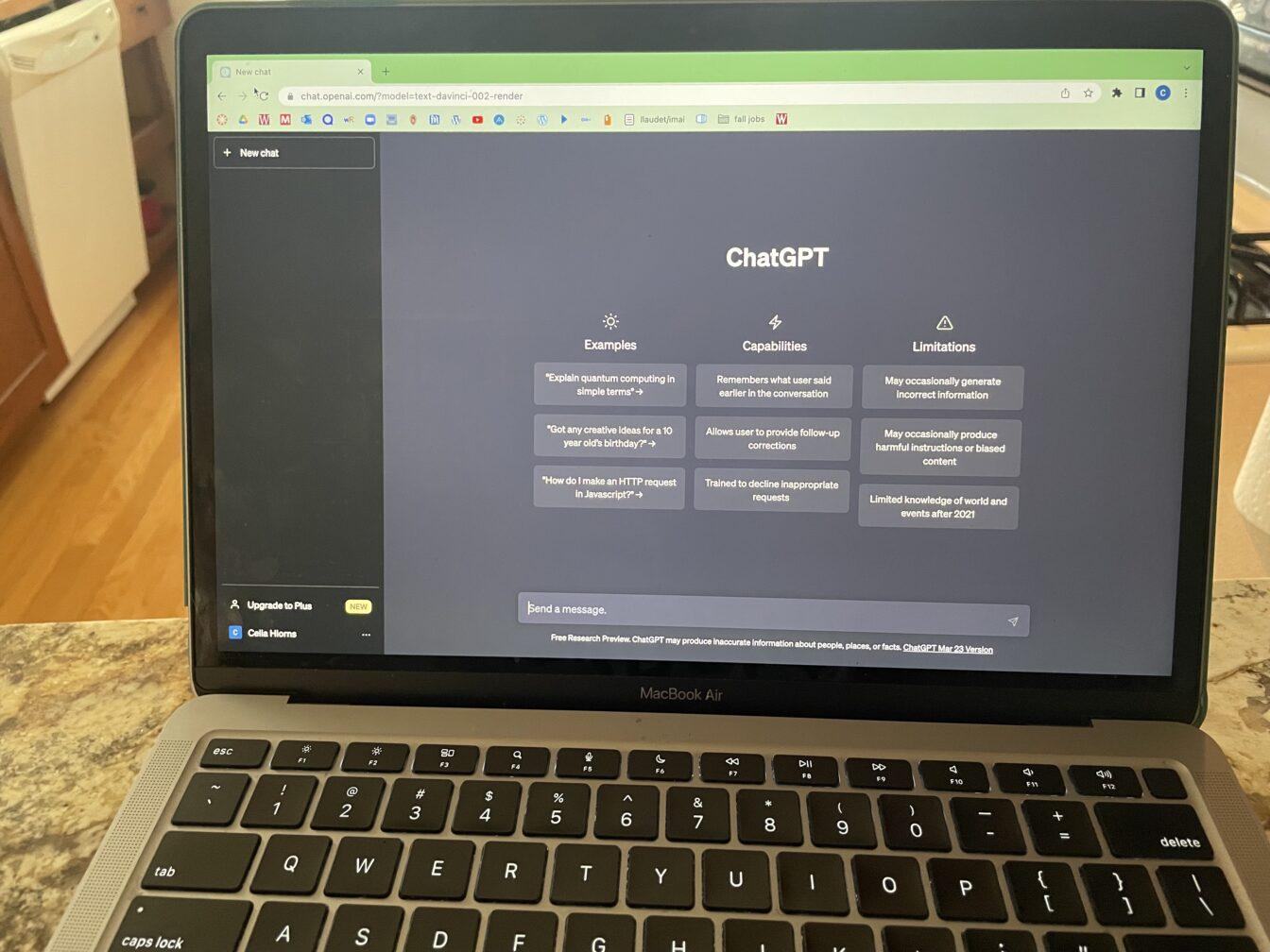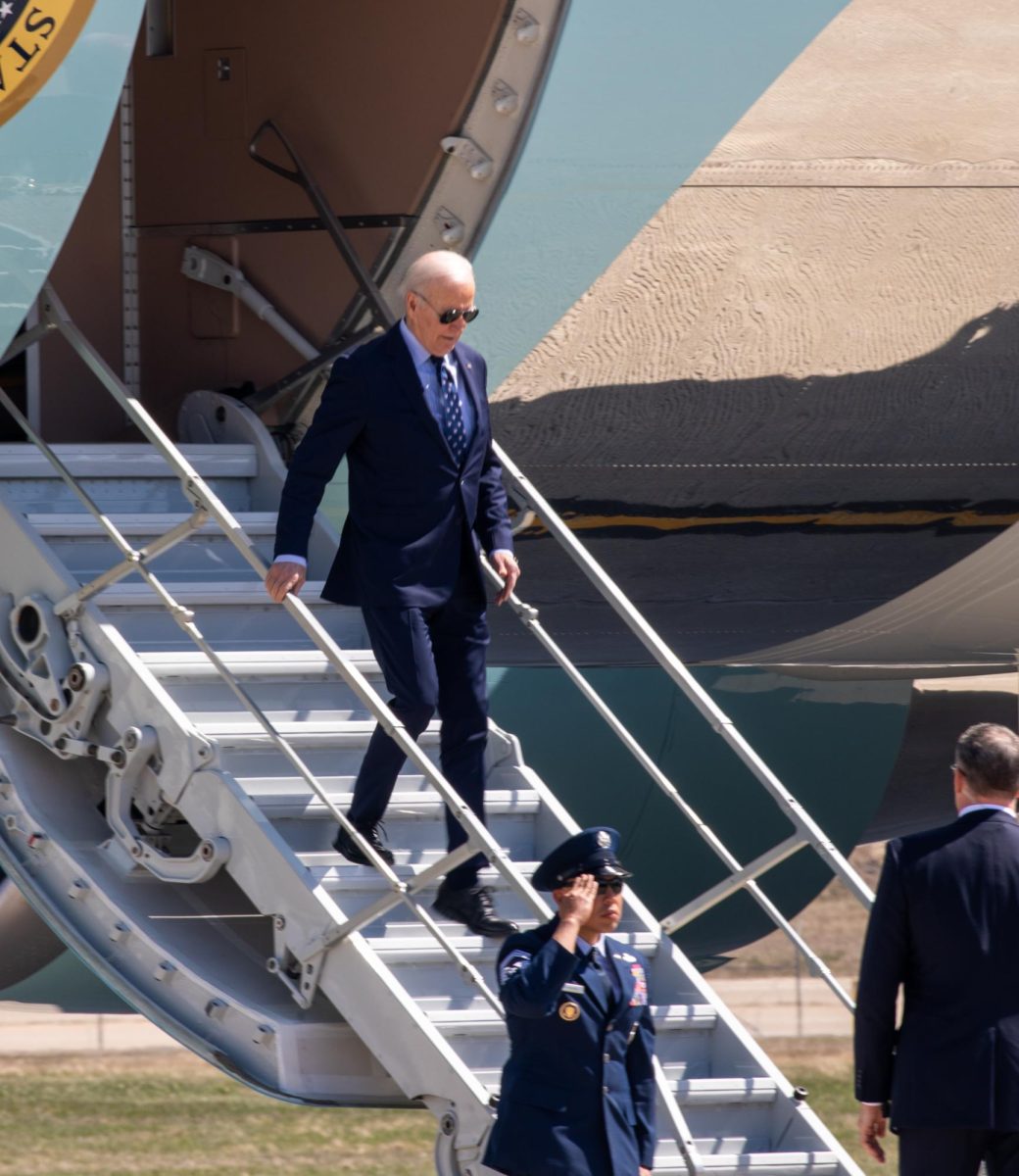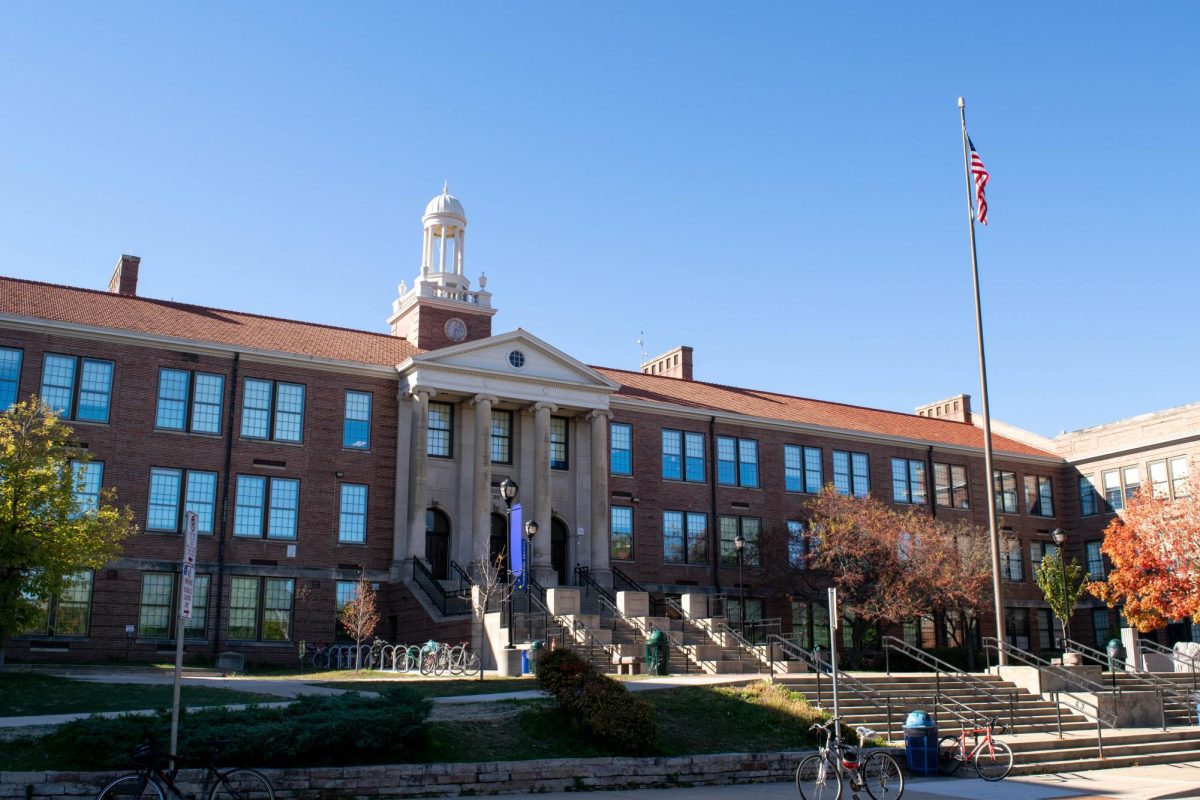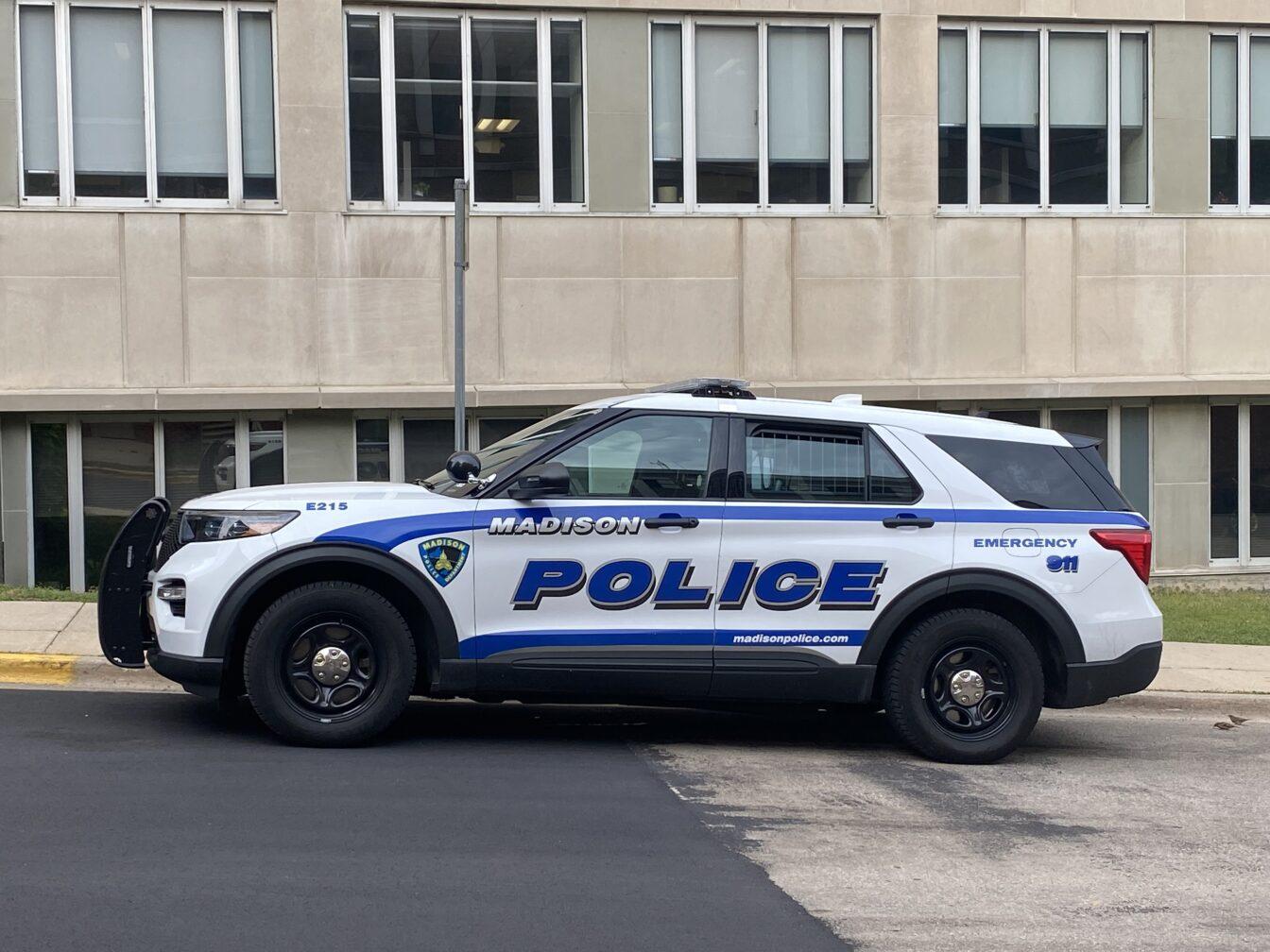One morning in the spring of 1953, writer Aldous Huxley sat down with his wife — a psychiatrist — and a tape recorder. He then proceeded to self-administer four-tenths of a gram of mescaline, the psychoactive component found in the Peyote cactus.
Huxley volunteered himself as a test subject because he hoped to gain insight into how the drug impacted one’s consciousness and thought the area was under-researched. He wrote about his experience in the counter-cultural phenomenon “Doors of Perception,“ one of the most influential books on psychedelics.
“For the moment that interfering neurotic who, in waking hours, tries to run the show, was blessedly out of the way,” Huxley describes in the book.
He swore by its medical and spiritual value until his death. But even today, using psychedelics for medicinal purposes is still regarded by many as a sort of pseudo-science. Researchers at the University of Wisconsin are taking a much more scientific approach than Huxley when it comes to studying the effects of psychedelic drugs.
After years of clinical trials, UW recently unveiled the Transdisciplinary Center for Research in Psychoactive Substances. Housed in the School of Pharmacy, the research center will collaborate with experts across a variety of different schools in order to take a multidisciplinary approach to understand the science, history and cultural impact of psychedelics.
The center is partnered with the school’s new, first-of-its-kind Master’s of Science program in Psychoactive Pharmaceutical Investigation. It will focus primarily on MDMA, or ecstasy, and psilocybin, or psychedelic mushrooms, and their effects in treating substance abuse and psychiatric disorders like depression and PTSD.
Research has been promising thus far. In a study conducted by UW researchers, 67% of participants who received MDMA during therapy sessions no longer qualified for a PTSD diagnosis after 18 weeks, compared to the 32% who received a placebo with therapy. In the control group, 88% of participants experienced a meaningful reduction in symptoms.
Founding director of the Center and professor of pharmacy at UW Dr. Paul Hutson expects FDA approval of psilocybin and MDMA in the next five years.
“From cannabis to psilocybin and MDMA, psychoactive agents are the new frontier for potential new therapies and medications,” Hutson said in a UW Pharmacy article.
Needless to say, neither the University nor Huxley came up with this idea. The potential healing properties of psychedelics have long been known by many Indigenous tribes. The Huichol People in western Mexico have been using Peyote for over 6,000 years. In fact, their name for themselves — the Virarica — translates roughly to “the healing people.”
Even the co-founder of Alcoholics Anonymous Bill Wilson claims to have used LSD in a therapeutic session to obtain a spiritual understanding that helped him start the recovery program.
Despite our long history with the substances, recreational psychedelic use is illegal in the U.S. with the exception of Oregon and a few cities across the country. This summer, representative Alexandria Ocasio-Cortez introduced an amendment that would remove federal barriers and allow for the research of psychedelics, but the measure was quickly shot down by the House of Representatives.
It’s unlikely the research at UW will lead to any decriminalization in Wisconsin, considering we’re one of twelve states that doesn’t permit medicinal cannabis. But even with this new research, we should be cautious before we rush to legalize them.
I’m not suggesting the results would be catastrophic, being that there’s evidence psychedelic use can reduce violent crime rates. There are a lot of things I think should be legal for consenting adults in the United States, but psychedelic drugs are not for everyone.
University will not mandate vaccines, need to explore other ways to incentivize vaccines
Participants in UW clinical trials are vetted carefully before their first session and each session is led by professionals. Nearly every Indigenous tribe that uses psychedelic substances in rituals does so with a shaman or someone experienced guiding the session. While psilocybin is considered relatively safe, MDMA can be very easily abused.
With that being said, there’s still an unjust stigma surrounding psychedelics in America and the research being done at UW will help bring legitimacy to their potential as more than just old wives tales or party drugs.
“The effects of adding MDMA to psychotherapy are truly dramatic,” Hutson said in an interview with WPR. “And, we’re hoping that this will, quite honestly, save lives because of the risk of suicide, self-harm with PTSD patients.”
Cases of mood disorders and addiction are as high as ever. Current medication doesn’t work for everyone and we ought to be trying whatever does — even if it seems unconventional at first.
Jack Hansen ([email protected]) is a junior majoring in real estate and philosophy and pursuing a certificate in sustainability.


